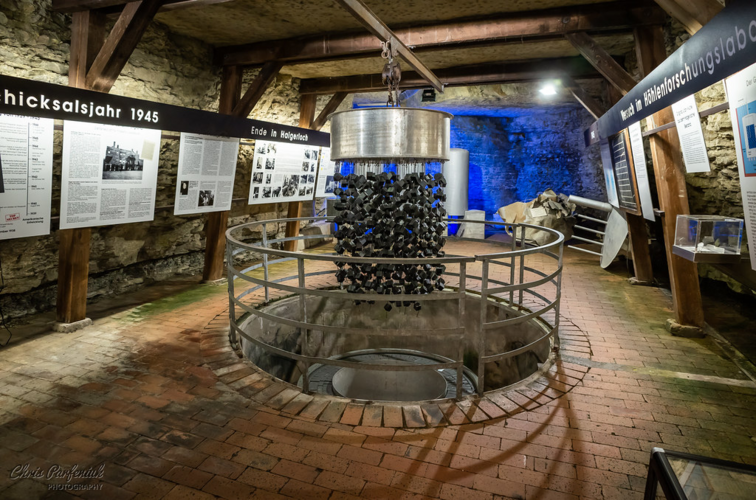Wiki
At a high voltage level an EMP can induce a spark, for example from an electrostatic discharge when fuelling a gasoline-engined vehicle. Such sparks have been known to cause fuel-air explosions and precautions must be taken to prevent them.[12]
A large and energetic EMP can induce high currents and voltages in the victim unit, temporarily disrupting its function or even permanently damaging it.
A powerful EMP can also directly affect magnetic materials and corrupt the data stored on media such as magnetic tape and computer hard drives. Hard drives are usually shielded by heavy metal casings. Some IT asset disposition service providers and computer recyclers use a controlled EMP to wipe such magnetic media.[13]
A very large EMP event such as a lightning strike is also capable of damaging objects such as trees, buildings and aircraft directly, either through heating effects or the disruptive effects of the very large magnetic field generated by the current. An indirect effect can be electrical fires caused by heating. Most engineered structures and systems require some form of protection against lightning to be designed in.
The damaging effects of high-energy EMP have led to the introduction of EMP weapons, from tactical missiles with a small radius of effect to nuclear bombs designed for maximum EMP effect over a wide area.
Effects
Minor EMP events, and especially pulse trains, cause low levels of electrical noise or interference which can affect the operation of susceptible devices. For example, a common problem in the mid-twentieth century was interference emitted by the ignition systems of gasoline engines, which caused radio sets to crackle and TV sets to show stripes on the screen. Laws were introduced to make vehicle manufacturers fit interference suppressors.At a high voltage level an EMP can induce a spark, for example from an electrostatic discharge when fuelling a gasoline-engined vehicle. Such sparks have been known to cause fuel-air explosions and precautions must be taken to prevent them.[12]
A large and energetic EMP can induce high currents and voltages in the victim unit, temporarily disrupting its function or even permanently damaging it.
A powerful EMP can also directly affect magnetic materials and corrupt the data stored on media such as magnetic tape and computer hard drives. Hard drives are usually shielded by heavy metal casings. Some IT asset disposition service providers and computer recyclers use a controlled EMP to wipe such magnetic media.[13]
A very large EMP event such as a lightning strike is also capable of damaging objects such as trees, buildings and aircraft directly, either through heating effects or the disruptive effects of the very large magnetic field generated by the current. An indirect effect can be electrical fires caused by heating. Most engineered structures and systems require some form of protection against lightning to be designed in.
The damaging effects of high-energy EMP have led to the introduction of EMP weapons, from tactical missiles with a small radius of effect to nuclear bombs designed for maximum EMP effect over a wide area.





